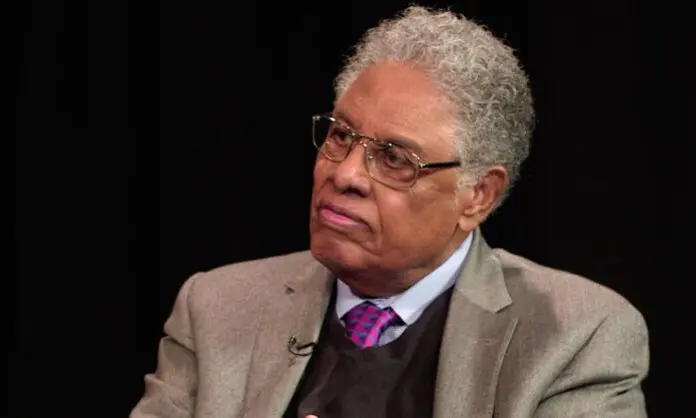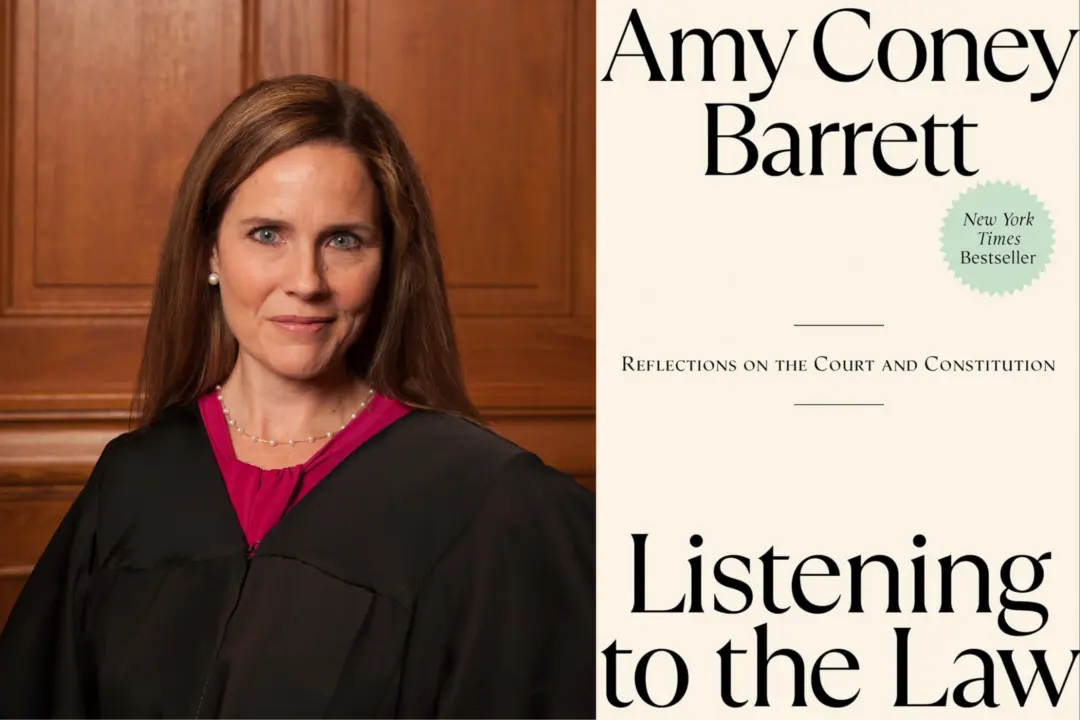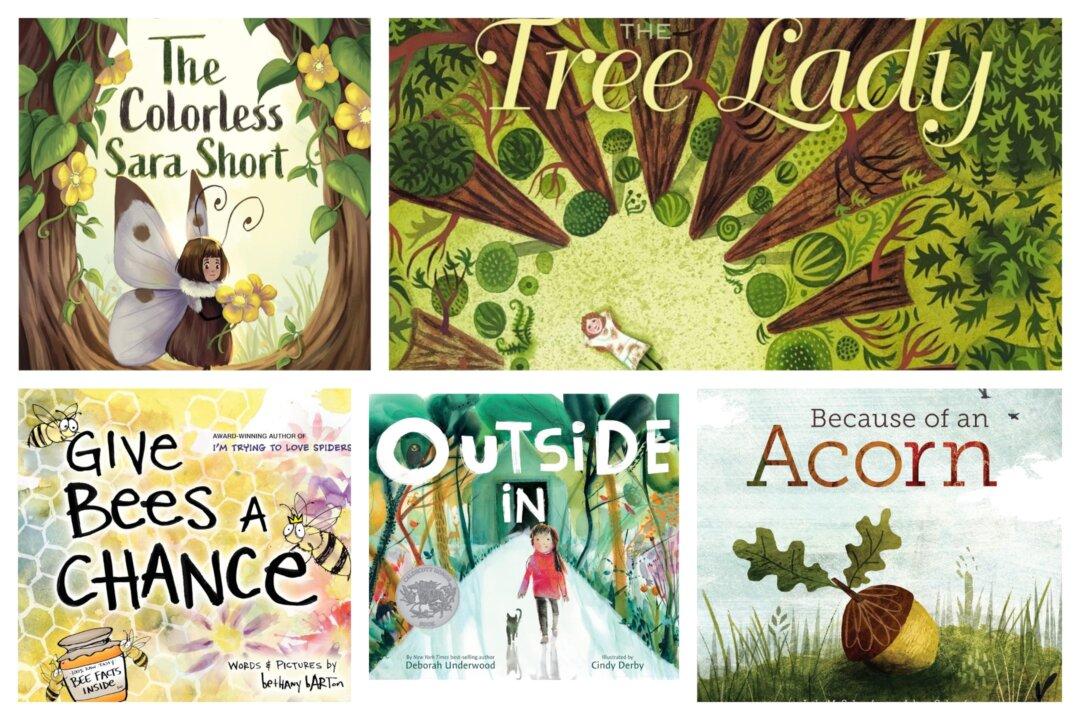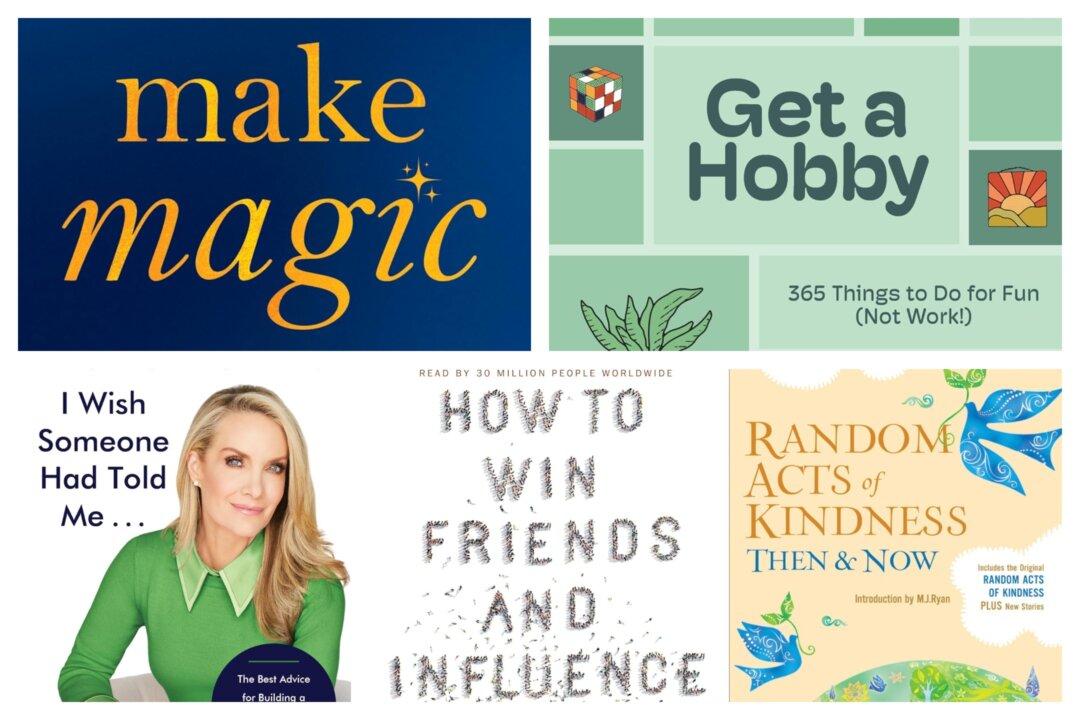Despite having worked for 45 years in the public school system exclusively, I believe strongly in school choice. It’s not that I think public schools are inferior to other solutions, but I realize that one size does not fit all, especially in today’s rapidly changing world.
Alternative schools are not just chosen for academic excellence, but also for their religious emphasis, strict behavioral standards and expectations, their ability to meet pupils’ needs or promote traditional values, and so on.





